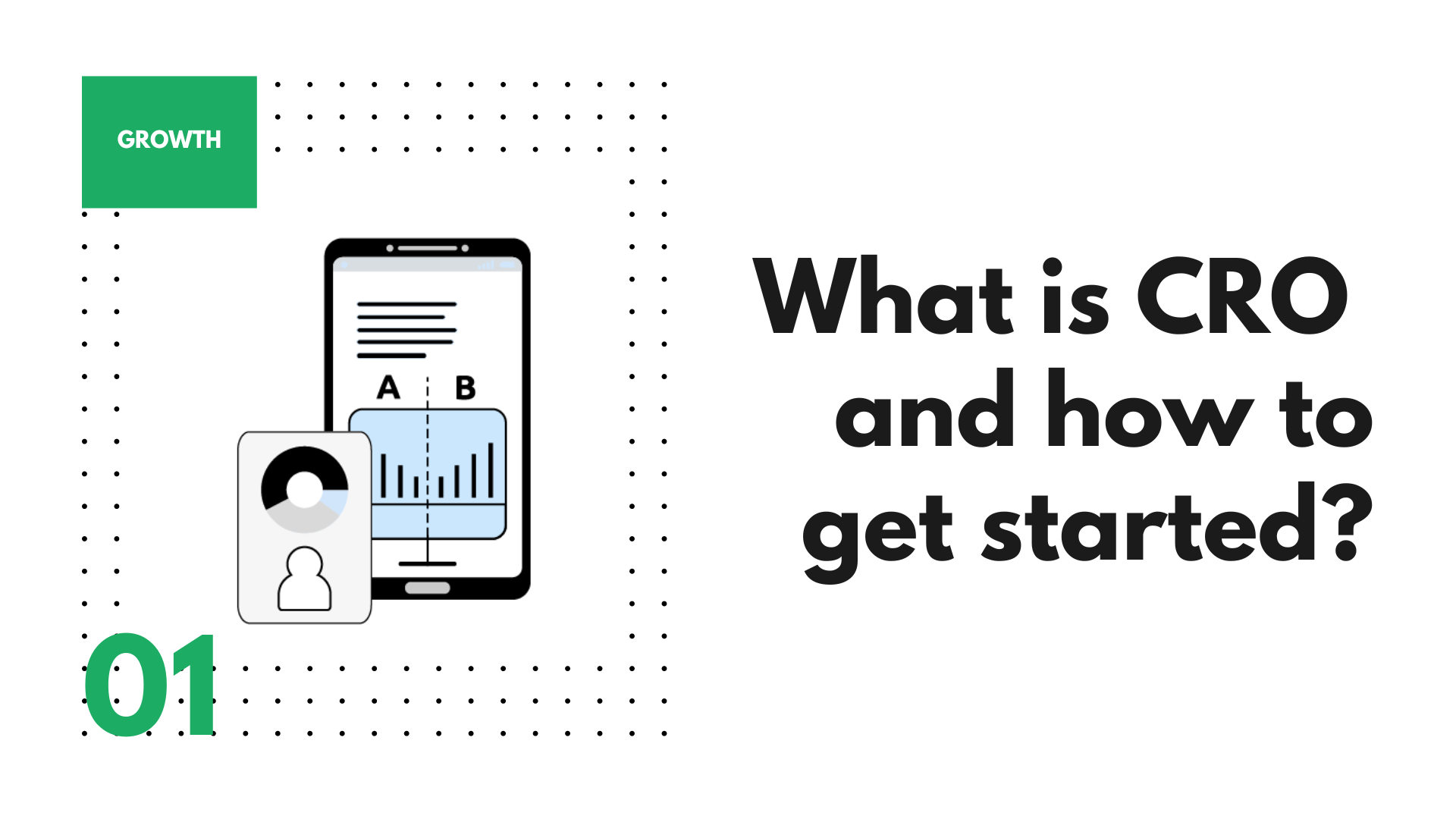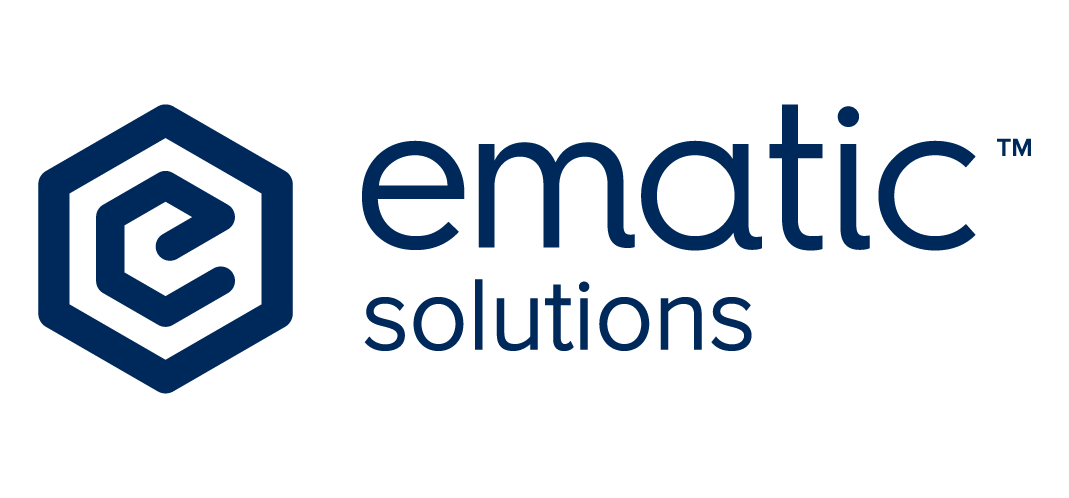CRO: What it is and how to get started

Conversion rate optimization (CRO) is the process of improving the percentage of visitors to your website who take a desired action, typically leading to a purchase. In the context of e-commerce, CRO specifically aims to optimize your online store to boost sales. As an E-commerce business, your goal is simple – to grow your online revenue. CRO is a data-driven process that involves testing and experimentation. It is also important to have a clear understanding of your customers and their needs to be successful with CRO. If you want to improve your website’s CRO, there are various actions you can take on different parts of your site. For example, you can enhance your product pages to boost sales, streamline the checkout process, improve your blog, add personal touches, use pop-up messages, apply psychological principles, and explore various other strategies. Why is CRO important? CRO is important because it can help you increase your website’s revenue and profitability. By improving your conversion rate, you can get more value from your existing traffic. CRO can also help you improve your website’s user experience and make it more likely that visitors will return to your site in the future. With a good CRO strategy, you can harvest multiple benefits: CRO will save you money Gain insights about your customer’s behavior Improve ROI and marketing efficiency Enhance your site’s usability, navigation, and user experience Make decisions based on data and insights, not instinct How to start optimizing your conversion Now you’ve learned the benefits of CRO, but where to start? We’ve broken down key steps into the following sections: process, tools and testing targets to give you an overview. Process CRO places a huge emphasis on testing and experimentation which should be conducted using the scientific method. Let’s look at the steps involved: 1) Gather data & insights Data and insights are always your starting point. At this stage, you’d want to gather both qualitative & quantitative data as much as possible, to help you get an overview of your conversion problem. Funnel & web analytics: From when the customer comes to your website to perform the action (e.g complete a checkout), the journey often involves several, interconnected steps. Like fixing a leaking pipe, you’ll want to break down the funnel and learn where your customers drop off the most. UX heuristic evaluation: Sometimes your conversion problem is as simple as it’s not user friendly enough. Is the navigation clear for customers? Is the message consistent? A UX heuristic audit gives you clues of conversion problems resulting from usability issues. Market research: Each industry has its unique landscape and consumer behavior. Doing competitive research to understand your general positioning, offering and pricing and consumer preference helps you assess conversion from a high business level. 2) Formulate hypotheses Once you consolidate all the findings, the next step is to formulate a hypothesis. We are not jumping into complicated statistical hypotheses yet, but at bare minimum, your hypothesis should consist of three important elements – reasoning, testing variable/action and the desired result. The sentence structure might look like this: “Based on (your finding), we believe we can achieve (desired result) by (testing variable/action).” Let’s try with an example: “Based on the fact that social proof gives consumers confidence in product quality, we believe we can increase more purchases by adding customer feedback on product pages.” 3) Run a test After narrowing down the hypotheses and areas you’d like to test, you’ll then move to designing and performing the tests. AB testing (single variate testing) or multivariate testing are the most common methods used. You’ll want to make sure you have proper tools to split the controlled/testing environment and accurate data tracking to help you monitor the results. 4) Analyze Now it’s time to validate your ideas with data evidence. Judging by the result, is your hypothesis correct? If not, how can you potentially explain the reason? Is there a new hypothesis? Was the experiment flawed? This is the most crucial (yet sometimes neglected) step to learn from the experiments and adjust your testing plan. 5) Reiterate and repeat Although we call it step 5 here, CRO is indeed not a linear process. Once you gain some thoughts from the previous step, it’s time to decide how to carry the next step. Was the experiment successful? Great! Can you take it to the next level? Should you move on to test other new ideas? If not, should you form a new test based on the corrected hypothesis? CRO is a cycle of continuous hypothesis, testing and learning. CRO analytic tools There are many tools to help you conduct CRO smoothly. Below we will provide a few examples: 1. Quantitative user analytic tools A quantitative analytic tool helps you understand through numerical data, what happened on your website and/or app. You can use such tools to answer: How engaged are your customers? Which User groups are engaging less? How long did your customers visit? How many pages have they viewed? How many customers go through a specific funnel? Where do they drop off? What are the most popular paths of your customers? What products or pages receive the most attention? Some of our best picks for quantitative user analytic tools include: Google Analytics 4 Google Analytics is the most commonly used analytics platform in the world. Recently, Google introduced the new Google Analytics 4 (the Universal Analytics , i.e. old GA, will be sunsetted by Jul 1, 2023. If you haven’t migrated to GA4 yet, let us give you a hand). Not only can you analyze traffic, but the new GA4 also offers enhanced insights on customer journeys and makes it easier to do funnel analysis, path exploration etc. Best of all, it’s free! Mixpanel Mixpanel is a powerful self-service, event-based analytics tool that provides valuable customer insights with the ease of data visualization. It is one of the popular analytic tools. They currently help the world answer 81 million product
